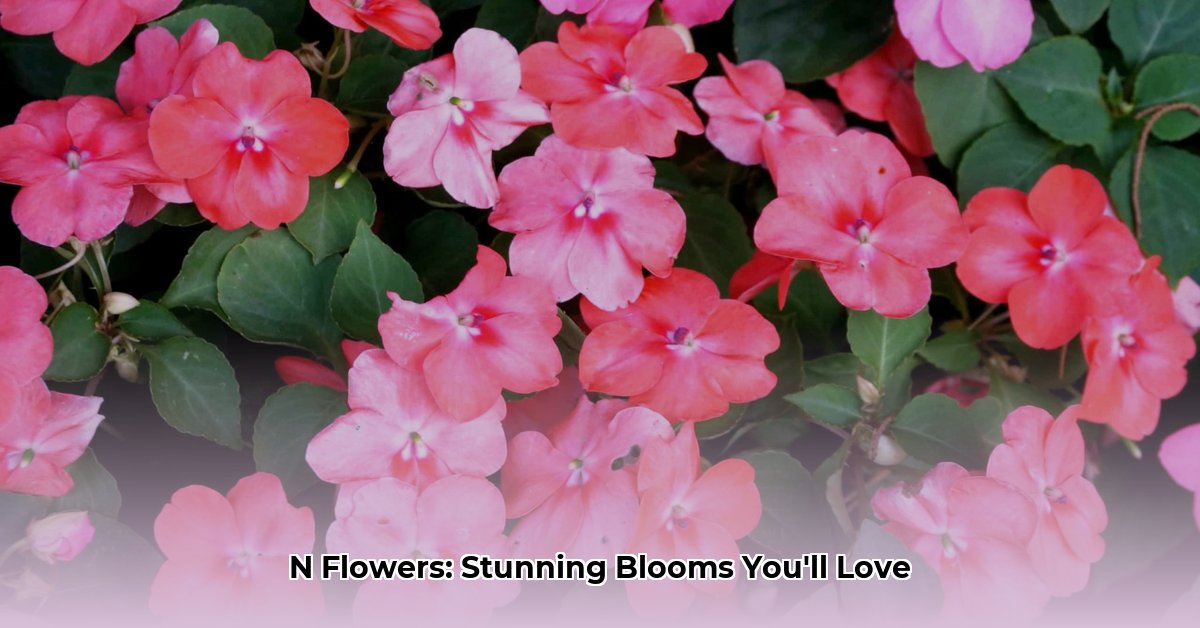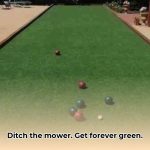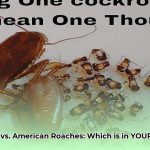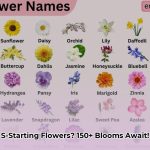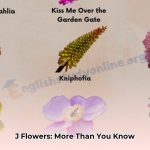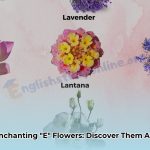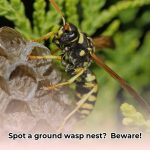Flowers starting with “N” offer a surprising diversity, from familiar daffodils to exotic blooms you’ve likely never encountered. This guide explores a captivating collection of these “N” flowers, complete with descriptions, growing tips, and fascinating facts.
Narcissus (Daffodils and Jonquils)
- Common Name: Daffodil, Jonquil
- Scientific Name: Narcissus spp.
- Description: Trumpet-shaped flowers in shades of yellow, white, orange, and pink.
- Growing Conditions: Full sun to partial shade, well-drained soil. Plant bulbs in fall.
- Care Tips: Deadhead after blooming; allow foliage to die back naturally.
- Uses: Ornamental, cut flowers.
- Special Notes: Deer resistant. The name “Narcissus” originates from Greek mythology, alluding to a figure known for self-love.
Nasturtium
- Common Name: Nasturtium
- Scientific Name: Tropaeolum spp.
- Description: Round, vibrant leaves and flowers in fiery orange, yellow, and red with a peppery flavor.
- Growing Conditions: Full sun, well-drained soil.
- Care Tips: Direct sow seeds after the last frost. Deadhead for continuous blooms.
- Uses: Ornamental, edible flowers and leaves (peppery flavor).
- Special Notes: Attracts beneficial insects.
Nemesia
- Common Name: Nemesia
- Scientific Name: Nemesia spp.
- Description: Bushy annuals with masses of small, star-shaped flowers in various colors.
- Growing Conditions: Full sun, moist, well-drained soil.
- Care Tips: Pinch back young stems for bushiness. Deadhead regularly.
- Uses: Ornamental, attracts butterflies.
Nemophila (Baby Blue Eyes)
- Common Name: Baby Blue Eyes
- Scientific Name: Nemophila menziesii
- Description: Delicate cup-shaped, sky-blue flowers.
- Growing Conditions: Full sun to partial shade, well-drained soil.
- Care Tips: Direct sow seeds in spring. Can be susceptible to powdery mildew.
- Uses: Ornamental, ground cover.
Nepeta (Catmint)
- Common Name: Catmint, Catnip
- Scientific Name: Nepeta spp.
- Description: Spikes of lavender-blue flowers.
- Growing Conditions: Full sun, well-drained soil. Drought-tolerant once established.
- Care Tips: Pinch back after blooming to encourage a second flush.
- Uses: Ornamental, attracts cats, attracts beneficial pollinators.
Nerine (Guernsey Lily)
- Common Name: Guernsey Lily
- Scientific Name: Nerine spp.
- Description: Spider-like blooms in vibrant shades of pink, red, and white.
- Growing Conditions: Sunny to lightly shaded spots with well-drained soil. Plant bulbs in spring.
- Care Tips: Protect from frost.
- Uses: Ornamental.
Other Notable “N” Flowers
- Nicandra (Shoo-Fly Plant): Bell-shaped blue-violet flowers followed by interesting seed pods. May repel some pests.
- Nierembergia (Cupflower): Low-growing with small, cup-shaped flowers in shades of purple, white, and blue.
- Nigella (Love-in-a-Mist): Delicate blue, pink, or white flowers and attractive seed pods.
- Nicotiana (Flowering Tobacco): Fragrant, evening-blooming flowers. Toxic if ingested.
- Nolana (Chilean Bellflower): Trailing plant with sky-blue, bell-shaped flowers.
- Nothoscordum (False Garlic): Resembles chives, with clusters of star-shaped flowers.
- Nuphar (Yellow Pond-lily): Aquatic plant with cup-shaped yellow flowers.
- Nymphaea (Water Lily): A variety of colors and shapes available. Requires still water.
- Neomarica (Walking Iris): Unique propagation method; new plantlets form on flower stalks.
Choosing the Right “N” Flower for Your Garden
Consider these factors when selecting “N” flowers:
- Garden Style: Choose flowers that complement your desired aesthetic.
- Experience Level: Opt for low-maintenance varieties if you’re a beginner.
- Maintenance: Consider the time you’re willing to dedicate to watering, fertilizing, and deadheading.
- Pollinators: Select flowers that attract beneficial insects and birds.
- Local Climate & Conditions: Research the specific needs of each flower to ensure it’s suited to your region’s climate, soil type, and sun exposure.
- Potential Challenges: Be aware of potential invasiveness, pests, or diseases.
Tips for Growing “N” Flowers
While each flower has specific needs, some general tips apply:
- Soil: Most “N” flowers prefer well-drained soil. Amend heavy clay soils with organic matter.
- Watering: Water deeply and regularly, especially during dry periods. Avoid overwatering, which can lead to root rot.
- Fertilizing: Use a balanced fertilizer according to package directions or enrich the soil with compost.
- Deadheading: Removing spent blooms encourages continuous flowering for many “N” flowers.
- Pest and Disease Control: Monitor plants regularly for pests and diseases. Use appropriate control methods if necessary.
- Winter Care: Protect tender bulbs and perennials from frost in colder climates.
Flower Comparison Table
| Flower | Bloom Time | Height | Sun Requirements | Other Notes |
|---|---|---|---|---|
| Narcissus | Spring | 6-18″ | Full sun – Part shade | Low-maintenance, naturalizes readily |
| Nemophila | Spring-Summer | 4-8″ | Full sun – Part shade | Susceptible to powdery mildew in humid conditions |
| Nerine | Fall | 12-24″ | Full sun | Protect from harsh winter winds |
| Nicotiana | Summer-Fall | 12-36″ | Full sun | Fragrant, attracts pollinators, toxic if ingested |
| Nigella | Summer | 12-18″ | Full sun | Easy to grow, self-sows, decorative seed pods |
| Nepeta | Summer | 12-36″ | Full sun | Attracts cats, drought-tolerant |
Related Resources
Disclaimer: This article is for informational purposes only. Always exercise caution when handling plants, especially those with toxic properties. Consult with a qualified professional for personalized advice. Current research continually evolves our understanding of plant care, so staying informed about the latest findings is always recommended.
- Grass Forever in Livermore: Your Guide to Artificial Turf - April 22, 2025
- German Roaches vs. American Roaches: Key Differences and Control - April 22, 2025
- 150+ Flowers That Start With S: A Comprehensive Guide - April 22, 2025
